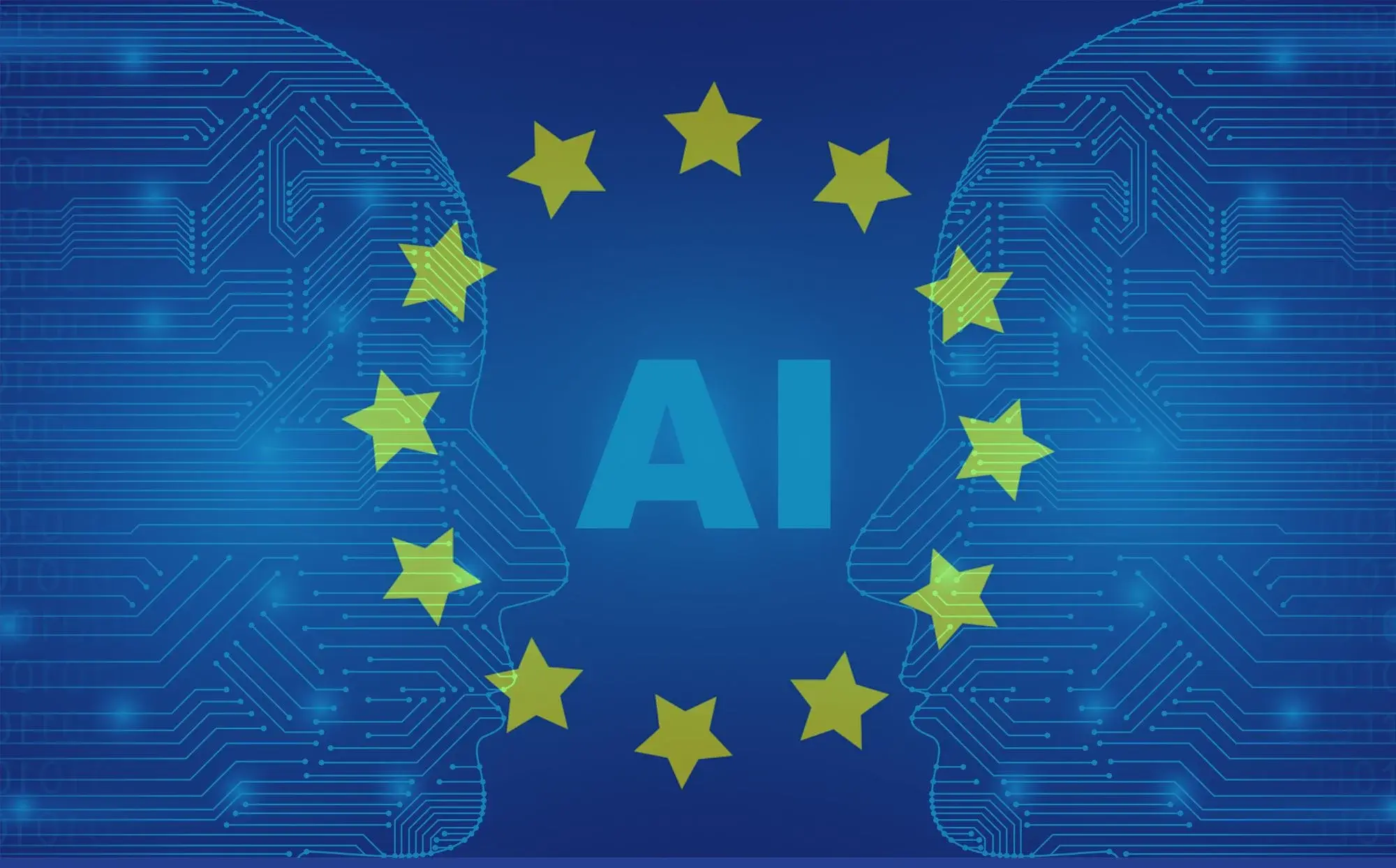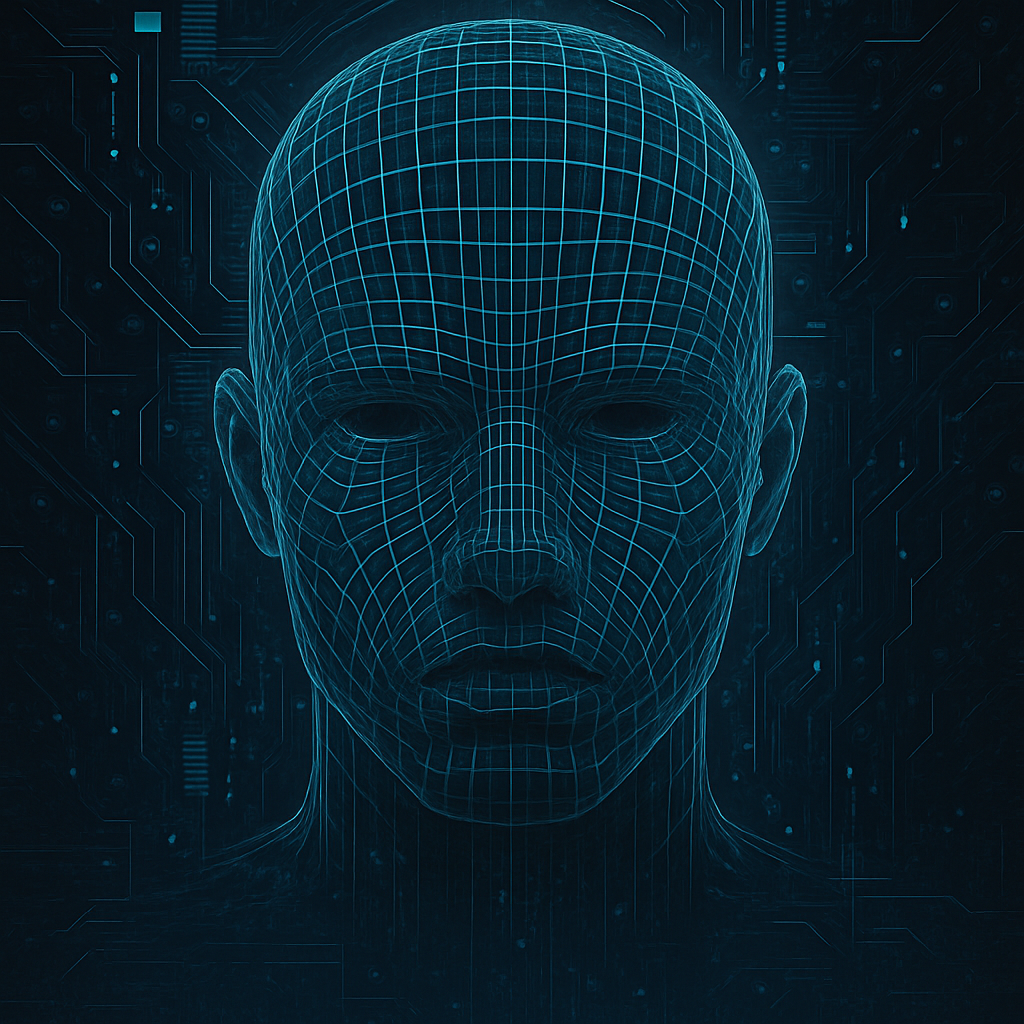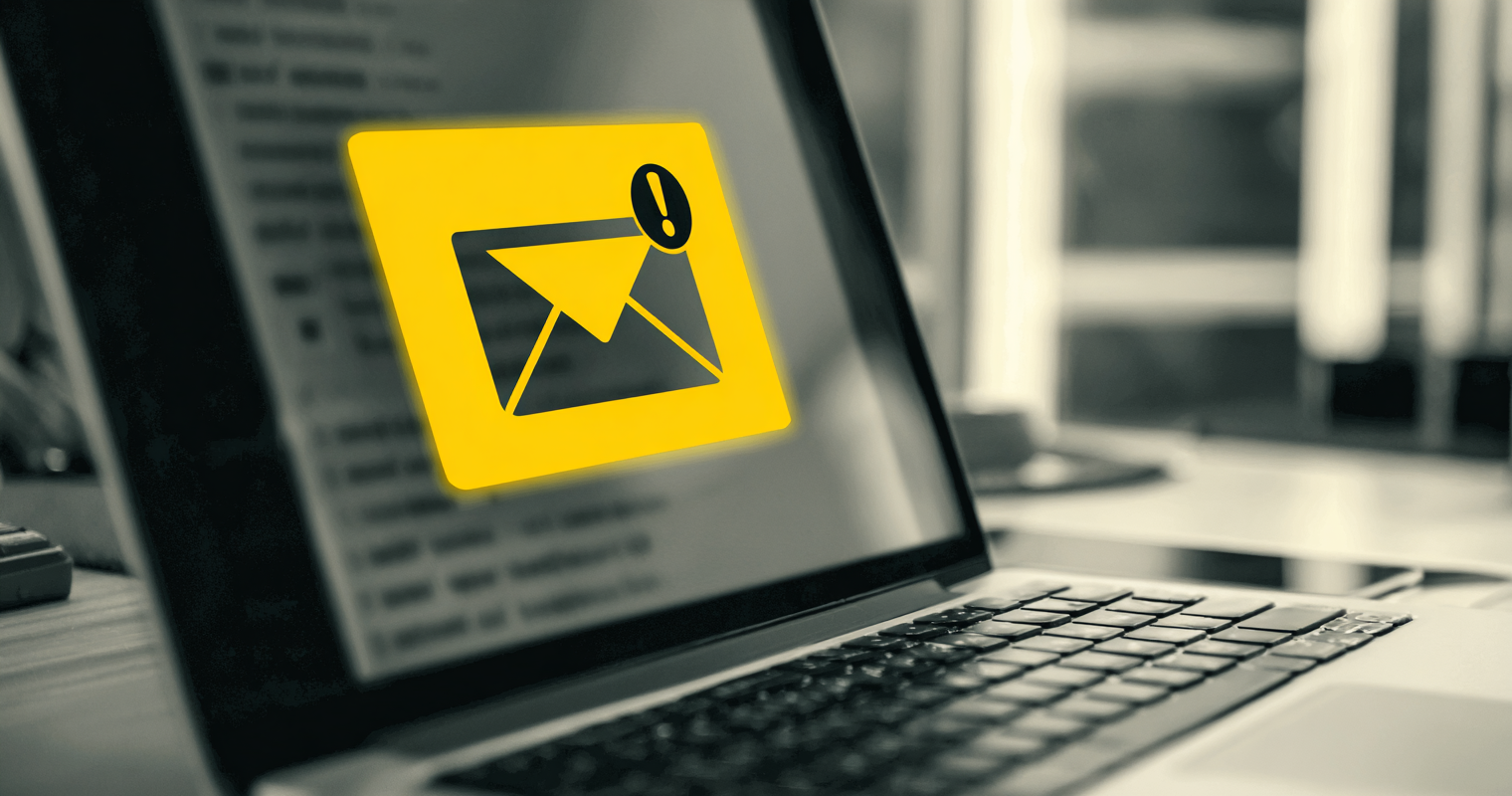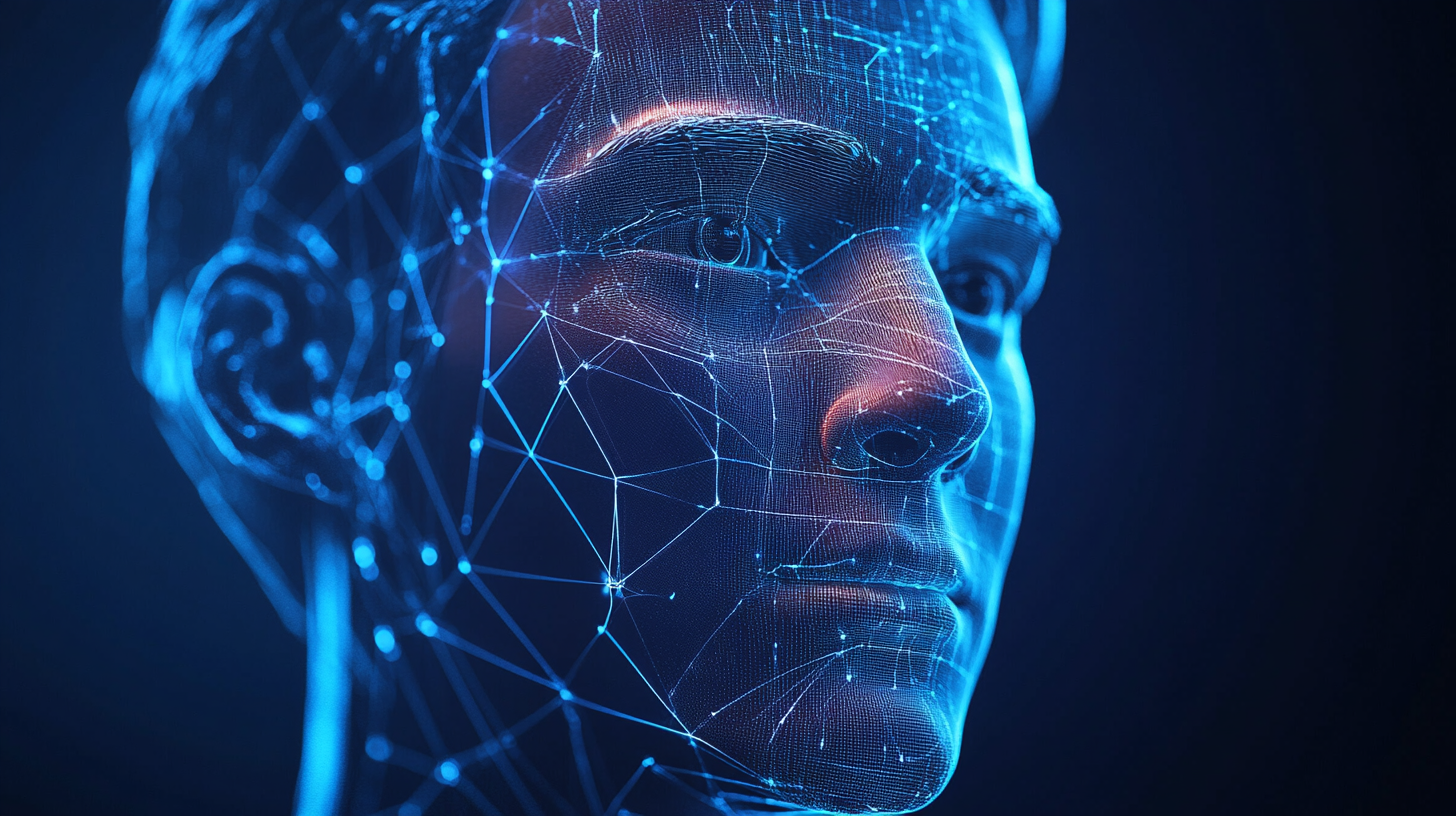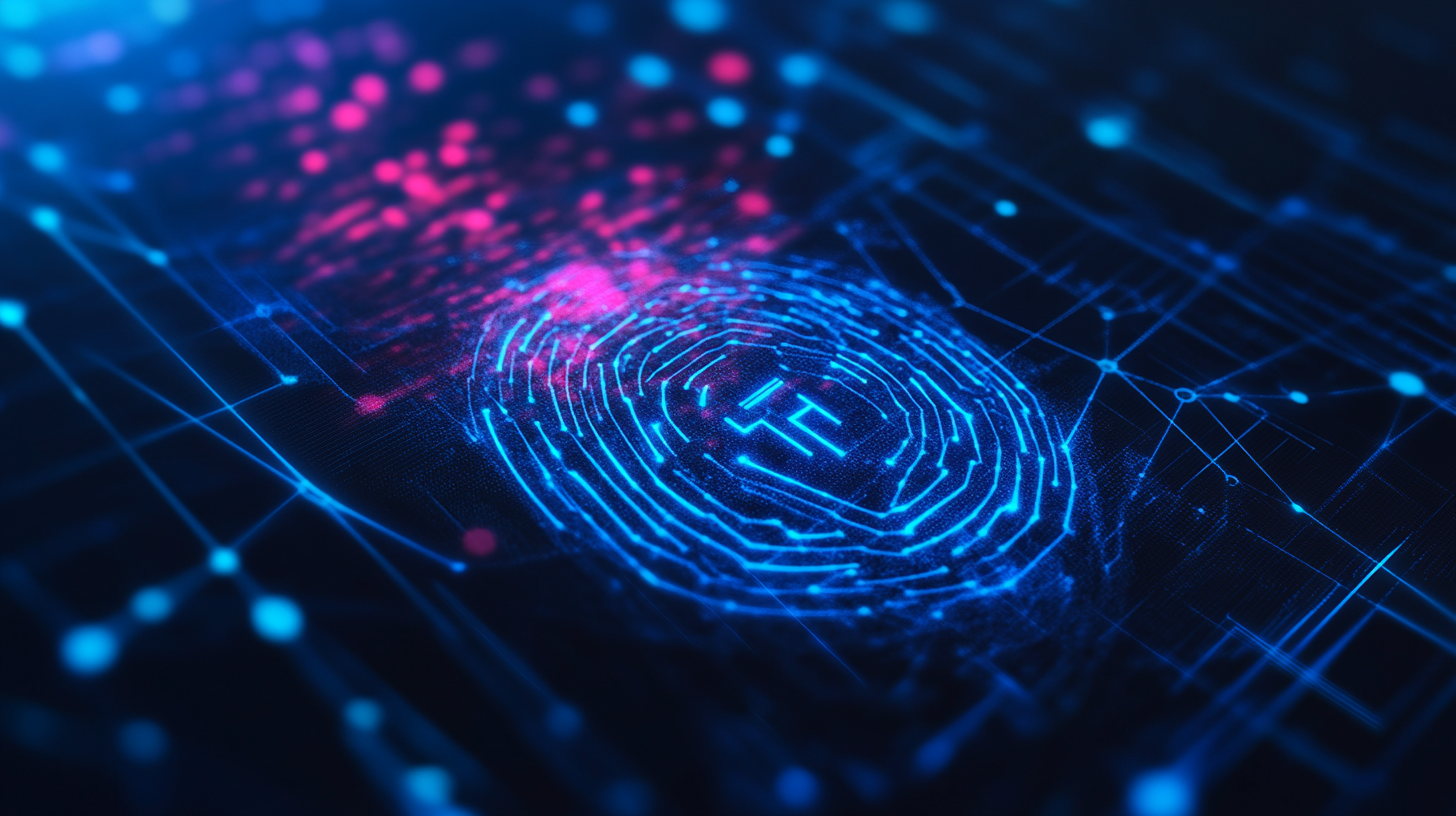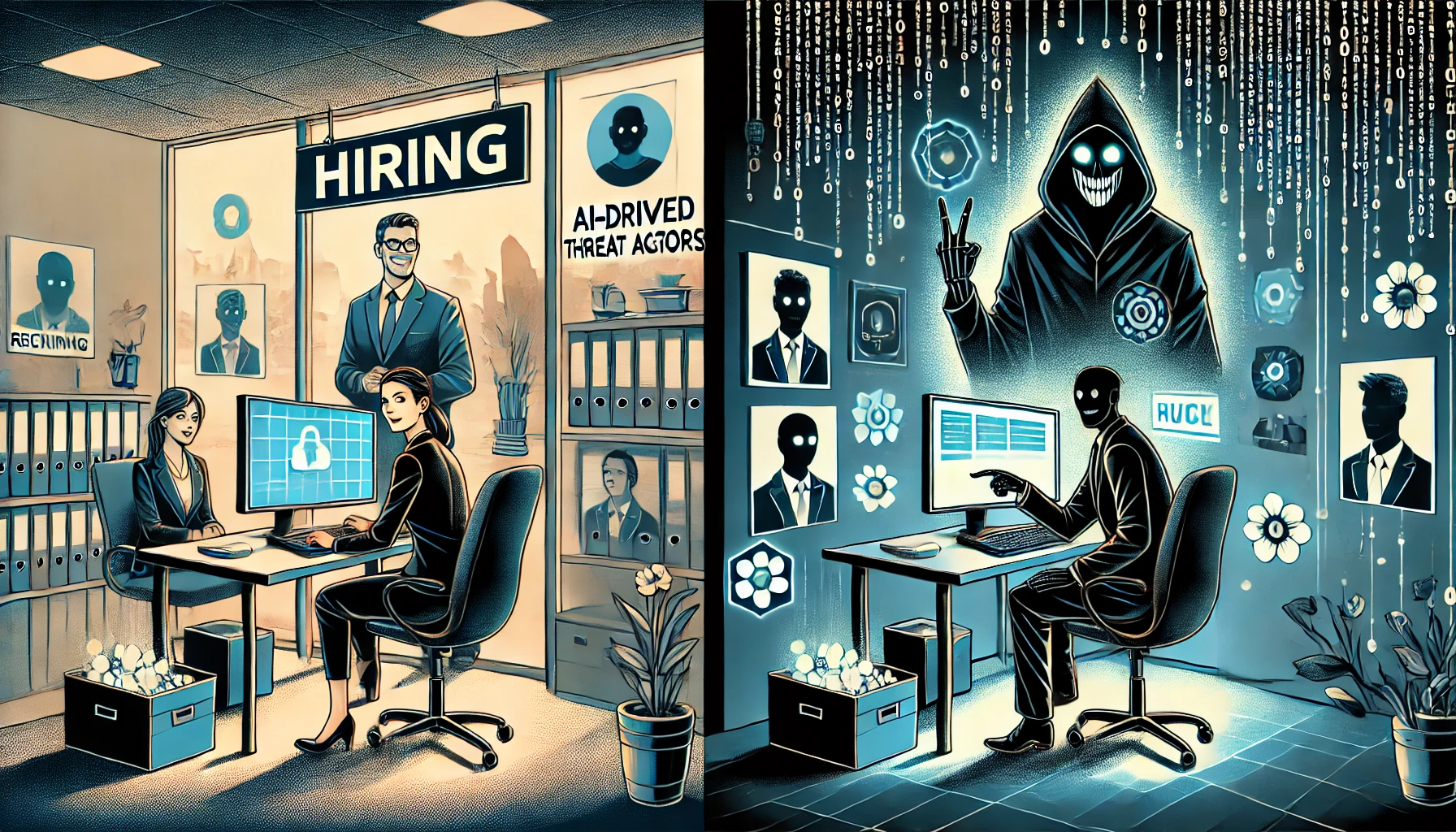What are the challenges and opportunities of the EU AI Act?
Artificial intelligence has rapidly gone from an experimental technology to a business essential. In just three short years AI has been adopted by 78% of organisations for at least one business function, and 84% of CEOs plan to increase their investment in 2025. Against this backdrop, the European Union has introduced the world’s first comprehensive regulatory framework for AI — the EU AI Act.

